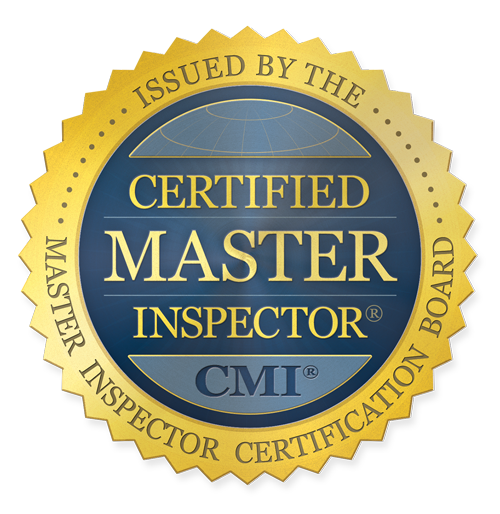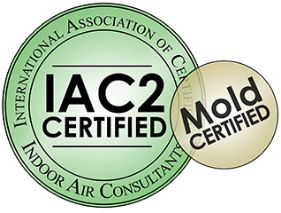Home Safety Hazard Alert: Four Dryer Vent Issues
Without proper installation and routine inspections and maintenance, dryer vents can quickly become a safety hazard. Taking a close look at your dryer vent with a proper home inspection can help catch common dryer vent issues before they become a serious hazard.
Here are some of the most common dryer vent issues we see when performing home inspections.
1. The Connection Is Loose
Your dryer vent is connected to the wall either under or behind the dryer. A loose connection can allow hot water vapor to leak into the areas surrounding your dryer.
Anytime you get concentrated heat in a small area, such as a laundry room, it can lead to problems, whether that’s a fire or damage to the walls. In a hot and humid climate like ours, moist air venting from a poorly installed dryer vent can also contribute to moisture control issues.
During a home inspection, check your dryer vent to make sure the connection is tight.
2. The Vent Is Restricted
Dryer vents are typically made out of flexible plastic or metal and it doesn’t take much impact for them to become bent or crushed. When the flow of exhaust air is restricted, it can build up and cause your dryer vent to become a fire hazard. If you have a gas dryer, a restricted vent can also lead to carbon monoxide poisoning, which could become fatal if CO levels get too high.
During a home inspection, we’ll take a close look at your dryer vent to ensure there are no kinks or restrictions. If there are, it may be best to replace the damaged vent and purchase a vent elbow, which allows you to turn the vent at an angle without causing any restrictions.
3. Lint Accumulation
Lint buildup is the most common and dangerous safety hazard associated with dryer vents. The exhaust from the dryer vent also contains lint from your cotton clothing. Lint is highly flammable and blocks the air duct, reducing the dryer vent’s efficiency.
From there, the dryer can overheat, causing mechanical failure and sparks, potentially igniting the lint and starting a house fire. It’s important to look into the dryer vent for any blockages, lint or otherwise when you a home inspection is performed. Click here to learn how to clean lint from the dryer vent.
4. The Vent Terminates Indoors
According to the IRC (International Residential Code), all exhaust ducts must be terminated outdoors and at a certain distance from any doors or windows. In older houses, the ducts may end in attics, crawlspaces, or walls. Moisture can accumulate in these confined spaces, causing wood to rot and potentially even encouraging the growth of dangerous mold.
Rotting wood weakens the foundation of your home. Even if the mold is confined at first, it can quickly spread to other areas of the house. A thorough home inspection will catch this issue so you can correct it before any major damage is done.
Super Inspection Pros Finds Hidden Issues During Inspections
Issues with a dryer vent connection are easily hidden by the bulky and cumbersome body of the dryer. Yet, the mostly ignored dryer vent poses a major safety hazard under the right conditions. Whether purchasing a home or taking stock of your current home, performing a complete home inspection is always a good idea.
Super Inspection Pros has decades of certified home inspection experience. We’ll help you catch “small issues” before they become bigger, more expensive or dangerous ones. Contact us today to schedule a full home inspection and learn more about the big and small issues requiring attention.

